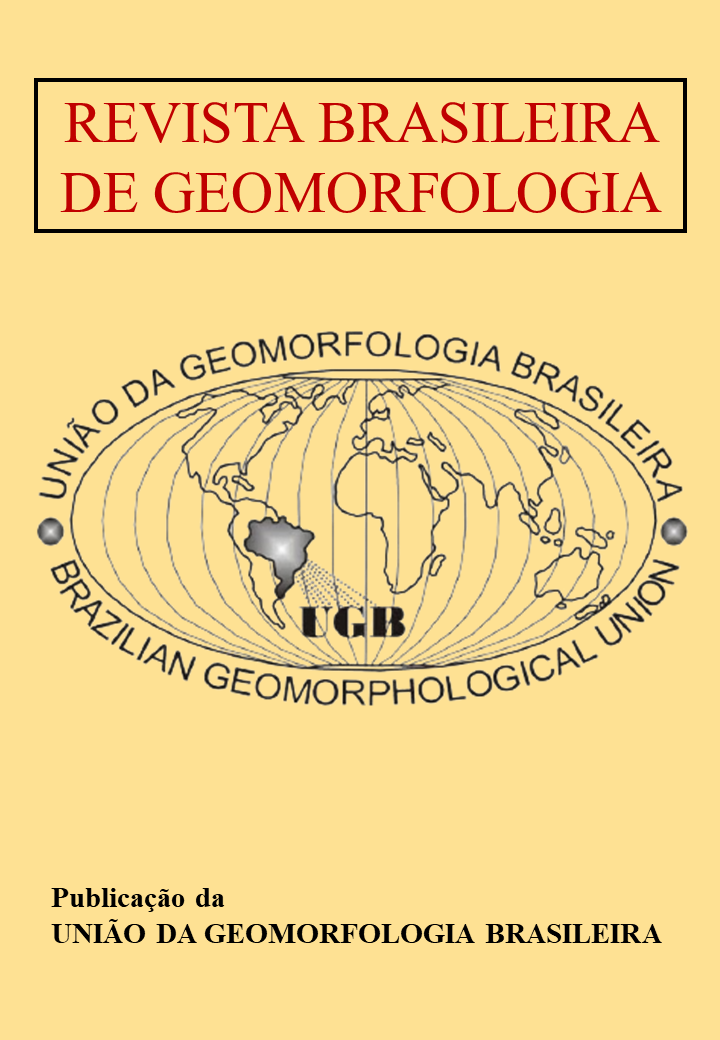Rivers channelization and the (dis)continuos geomorphological effects on the fluvial system of the Macaé River - RJ
DOI:
https://doi.org/10.20502/rbg.v26i2.2656Keywords:
Hydraulic Interventions, Base Level, Adjustment Zones, Meander SuppressionAbstract
Hydraulic engineering works play a critical role in altering the natural behavior of a river landscape. One of the most common interventions is channelization, which directly entails the widening and deepening of the riverbed and modifying the channel's cross-sectional geometry. In Brazil, this type of work has often been conducted in floodplain areas and urban centers to ensure basic sanitation and promote economic activities. Despite its widespread use, there is a significant gap in research focused on the effects of these works on the evolution of river environments. From a geomorphological perspective, this intervention can trigger a series of changes in the pattern of hydrosedimentological processes in the river system, not limited to the altered segments. This study discusses the impacts of river channelization on the Macaé catchment, from a geomorphological approach and the recent trajectory of channel evolution. The results suggest that the intervention has intensified upstream erosion processes, characterized by rapid vertical incision of the riverbed, increased bank erosion with terrace exposure, and migration of meanders towards the channelized areas.
Downloads
Downloads
Published
How to Cite
Issue
Section
License

This work is licensed under a Creative Commons Attribution-NonCommercial 4.0 International License.
Author (s) retain copyright and grant the journal right of first publication with the work simultaneously licensed under the Creative Commons Attribution License that allows sharing the work with recognition of its initial publication in this journal.








